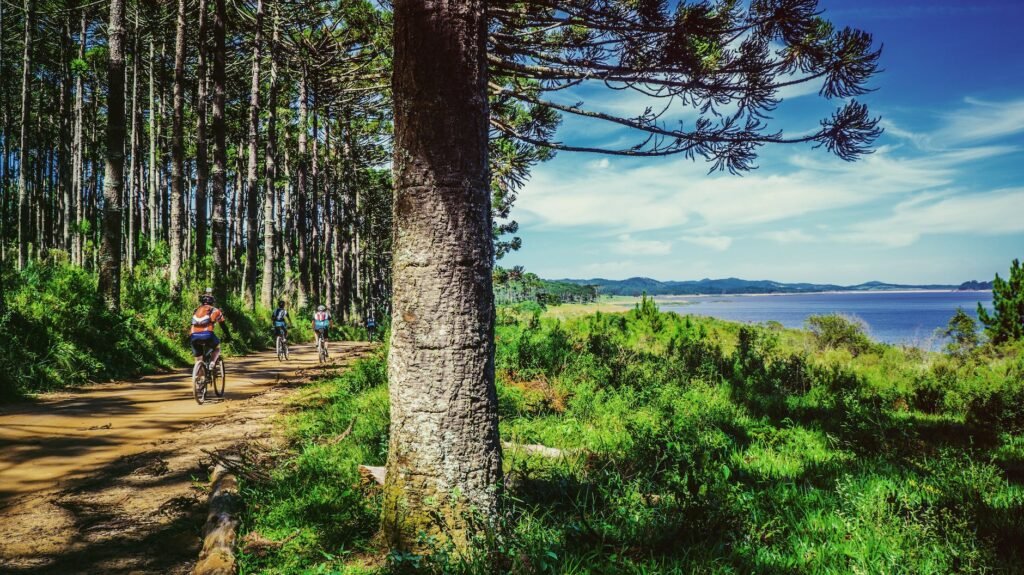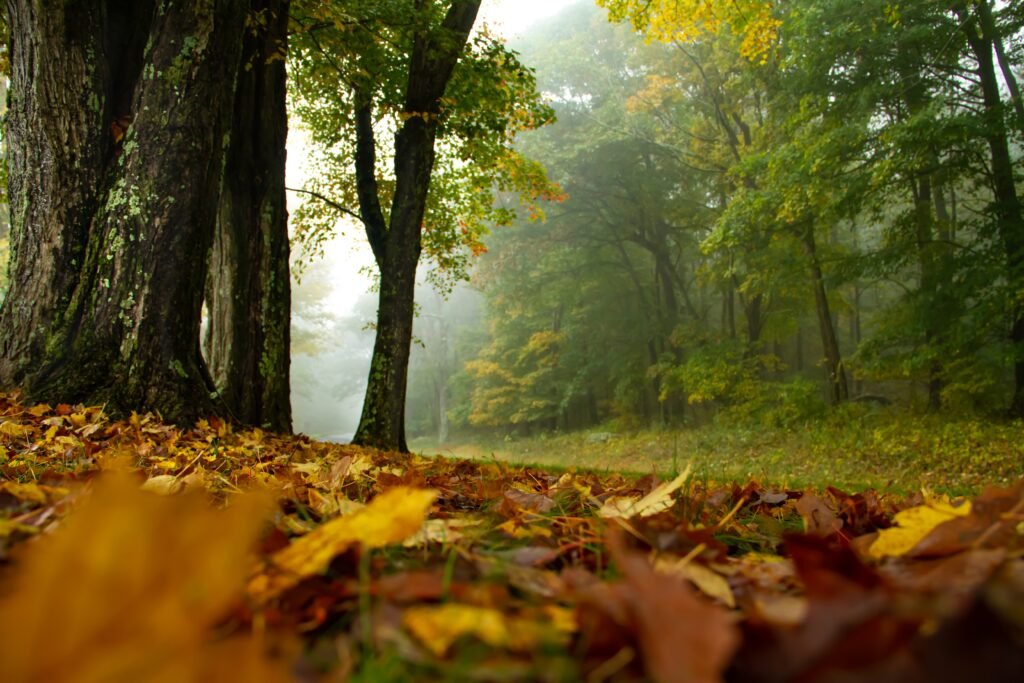The Lost Coast Trail is a stunning and remote hiking trail located along the rugged coastline of Northern California, in the United States. It is known for its pristine beaches, towering cliffs, rugged wilderness, and unique coastal landscapes. Here is a comprehensive guide to help you plan and enjoy your hike on the Lost Coast Trail:
Contents
Lost Coast Trail Overview:
- Location: The Coast Trail is located within the King Range Conservation Area, which is part of the Sinkyone Wilderness State Park in Northern California.
- Distance: The trail spans approximately 25-30 miles, depending on the route taken.
- Difficulty: The Trail is considered to be a moderately difficult to strenuous trail, with challenging terrain, uneven surfaces, and several steep climbs and descents.
- Trail Type: The Trail is a point-to-point trail, which means hikers need to arrange for transportation at both the starting and ending points.
- Permits: A permit is required for camping along the Trail, and it can be obtained from the Bureau of Land Management (BLM) or the California State Parks website.
Best Time to Hike the Lost Coast Trail
The Trail can be hiked year-round, but the best time to hike is typically during the drier months of April to September. It’s important to note that the trail can be affected by tides, so checking tide charts and planning your hike accordingly is essential to avoid getting stranded on impassable sections of the beach.
Trail Route Options:
- North to South Route: This is the most common and popular route, starting at Mattole Beach in the north and ending at Black Sands Beach in the south. This route is recommended for most hikers, as it follows the natural flow of the tides and offers better views of the coastline.
- South to North Route: This route is more challenging, as it requires hiking against the natural flow of the tides and can be more strenuous due to the steep ascents. It is recommended for experienced hikers who are prepared for the additional challenges.
Lost Coast Trail Highlights:
- Scenic Beaches: The Coast Trail features several pristine and secluded beaches, including Mattole Beach, Shelter Cove, and Black Sands Beach, where you can relax, swim, and enjoy the picturesque coastal scenery.
- Rugged Wilderness: The trail takes hikers through a remote and wild landscape, with ancient redwood forests, rocky cliffs, and breathtaking vistas of the Pacific Ocean.
- Wildlife Viewing: The Lost Coast Trail is home to a variety of wildlife, including Roosevelt elk, seals, sea lions, and a diverse range of bird species. Keep an eye out for these incredible creatures during your hike.
- Unique Geology: The coastline along the Lost Coast Trail is known for its unique geology, with fascinating rock formations, tide pools, and natural arches that make for great photo opportunities.
Trail Tips: Lost Coast Trail
Be Prepared:
The Lost Coast Trail is a remote and challenging trail, so make sure to come prepared with proper gear, including a reliable map, ample water, food, and appropriate clothing for changing weather conditions.
Check Tide Charts:
Tides can significantly impact the hike, as some sections of the trail are only passable during low tide. Always check tide charts and plan your hike accordingly to avoid getting stranded or having to take risky detours.
Leave No Trace:
The Lost Coast Trail is a protected wilderness area, so make sure to follow Leave No Trace principles, including packing out all trash, avoiding campfires, and respecting wildlife and vegetation.
Camping:
Camping is allowed only in designated areas along the Lost Coast Trail, and a permit is required. Make sure to obtain a permit and follow all camping regulations to minimize impact on the environment.
Water Sources:
Reliable water sources can be limited along the Lost Coast Trail, so it’s essential to carry enough water for your hike. There are a few streams along the way, but it’s recommended to bring a water filtration system to ensure safe drinking water.
Plan for Changes in Weather:
The weather along the Lost Coast Trail can be unpredictable, with fog, rain, and wind common occurrences. Be prepared for changing weather conditions and pack appropriate clothing, including rain gear and layers, to stay warm and dry.
Check for Trail Updates:
The Lost Coast Trail can be affected by trail closures or reroutes due to erosion, tides, or other factors. Check for trail updates on the BLM or California State Parks websites before your hike to ensure you have the most up-to-date information.
Know Your Limits:
The Lost Coast Trail can be physically demanding, with challenging terrain and steep climbs. It’s important to assess your fitness level and hiking experience before attempting this trail. Start with shorter hikes and gradually build up your stamina if you are a beginner hiker.
Inform Others of Your Plans:
Before heading out on the Trail, make sure to inform someone of your hiking plans, including your intended route and estimated timeline. This is crucial for your safety in case of emergencies or unexpected situations.
Respect the Environment:
The Trail is a pristine wilderness area, so it’s important to respect the natural environment. Stay on designated trails, avoid disturbing wildlife, and practice responsible waste disposal to help preserve the beauty and integrity of the trail for future hikers.
In conclusion, the Lost Coast Trail is a unique and challenging hiking experience that offers stunning coastal scenery, remote wilderness, and a true sense of adventure. With proper planning, preparation, and respect for the environment, you can have an unforgettable hiking experience along this remarkable trail in the United States.



